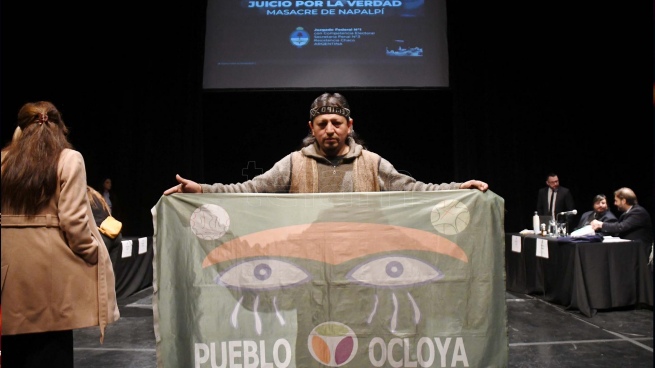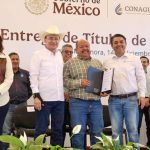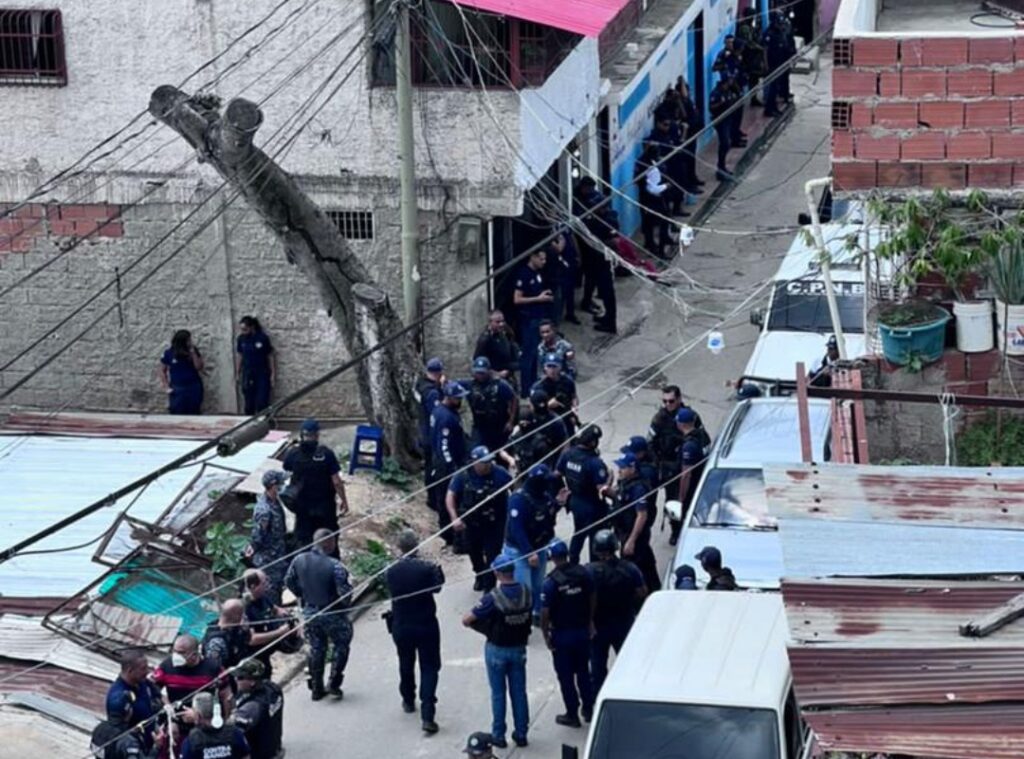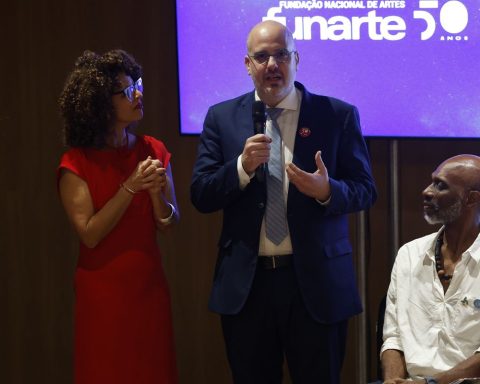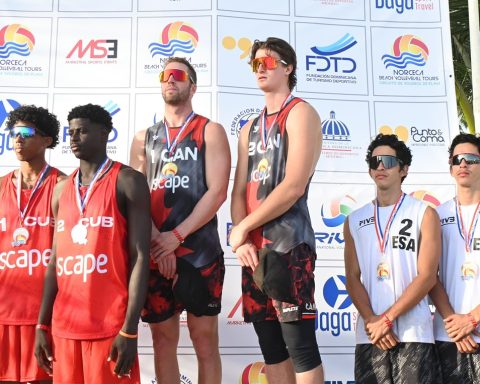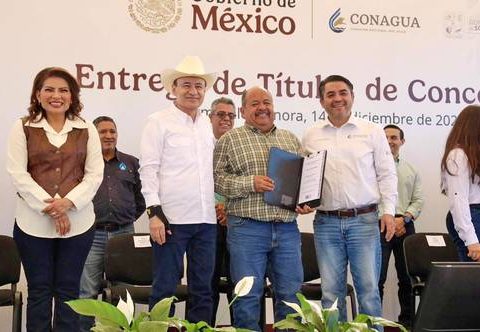Resistance federal prosecutor Diego Vigay considered that the trial for the truth about the “Napalpí Massacre” was possible thanks to the work of “a group of scientists and historians, who keep memory alive.”
As ad hoc prosecutor in these cases, Vigay joined, together with Federico Carniel, Carlos Amad and Patricio Sabadini, the team of accusers that in 2014 began to investigate this collective crime so that the State establishes a historical truth in relation to those acts perpetrated ago. almost 98 years, when the Chaco was still a national territory.
In an interview with Télam, the judicial official evaluated that in the hearings that took place last Tuesday and Thursday, at the former Esma’s Haroldo Conti Cultural Center “they were central due to the testimonies offered by researchers, scientists, anthropologists, and historians, who made direct contributions to the reconstruction” of that massacre.
Vigay cited the case of the photographs, official records, documents, murals and forms presented throughout those two days, which allowed to account for the aboriginal recruitment system that was practiced in Napalpí against members of the Qom and Moqoit ethnic groups.

On July 19, 1924, police officers and parastatal groups of armed civilians carried out the collective murder of more than 500 aborigines who lived in the Napalpí reduction, in the central zone of Chaco, and were protesting against the working conditions of the who were subjected to harvest cotton.
“We are very satisfied with how the trial unfolds and with the elements that have been collected. Each one of the investigators, when they explain and develop what their investigations have been, allow us not only to corroborate but to complete what we included in the instruction preliminary,” Vigay stated.
In the hearings held this week at the former Esma, the specialists made an “assessment of all the documentation and showed us in detail how the reduction of the communities was; the participation of the plane that contributed to the massacre from the air, the economic context of the Chaco in which this event took place, and the need for cheap labor that they had then for the cotton harvest”.
“That in a place as emblematic as the former Esma -where a clandestine illegal detention center operated during the last civic-military dictatorship- a crime of indigenous genocide is being tried, shows a current commitment of the State with human rights and the policies of Memory , Truth and Justice,” the prosecutor added.

During those two days, Conti explained all “the documentation originally given to us by the General Archive of the Nation, and it was contextualized,” added Vigay.
He also highlighted the work carried out by the Nation’s Human Rights Secretariat, who “given that some of the witnesses we had could not be transferred to Chaco, they saw the importance of this and immediately arranged the means so that the hearings could be held in the exEsma”.
Vigay noted that although there are “instances for judging indigenous massacres in different parts of the world, even with those responsible alive, in some cases they reached the Inter-American Court of Human Rights (IACHR) due to a lack of impetus from the States to investigate.” .
In this sense, he added that Argentina can constitute an “important precedent” in the prosecution of this type of crime.
Asked about the beginning of the investigations that allowed to reach this judicial instance, the prosecutor recalled that “in 2014 we started from the Human Rights Unit of the Chaco Prosecutor’s Office to investigate the issue.”

“We dimensioned the massacre, we saw that there were elements of evidence. At that time we only had five percent of what we have today. So we decided to promote the investigation to reconstruct the historical truth. It was symbolic at that time, we had no dimension that could materialize. Then we supported ourselves with the Napalpí Foundation, the aboriginal colony community, we recorded those testimonies, and we asked for documentation from the General Archive of the Nation and the Provincial Archive of Chaco,” he recalled.
In short, Ior achieved was the product of “a group of many people, from various activities, the community carried out an investigative process with commitment; and that is reflected in the dimension of the trial.”
This Tuesday, the sociologist Marcelo Musante, the historian Nicolás Íñigo Carrera, the anthropologist Lena Davila, the historian Alejandro Covello, the archivists Alejandra Aragón and Eva Nazar Gaule and the architect and anthropologist Carlos Salamanca testified before Judge Zunilda Niremperger.
Musante focused “on the system of reductions based on the “submission, control and discipline of the indigenous communities”.
To its turn, Carrera analyzed the massacre from the “economic and social point of view and the historical process in which it occurred.” He also spoke about “Argentina’s insertion in the world market” and the need for “a cheap arm for industries found in the indigenous population, as defined in historical documents.”
Anthropologist Dávila later declared that “by 1920 the cotton harvest began to compete with the sugar industry” and there was “pressure from the owners on the indigenous people, which also affected their working conditions.”
Covello affirmed, from his experience as an aviator, that Napalpí was “a founding fact because it was the first time that an airplane was used as a weapon of war over our territory.”
In her turn, Eva Mariana Nazar Gaule, who participated in the compilation of the documentation related to the case, elaborated on the pertinent “state registries” and their importance.
While, This Thursday the anthropologist Silvina Turner, the documentalist and researcher Valeria Mapelman, the anthropologist Héctor Trinchero, the professor and doctor in History Mariano Nagy, the anthropologist Diana Lenton and, finally, Eugenio Zaffaroni declared.
For its part, the Human Rights Secretariat prepared a historic report that it presented in the case that reconstructs the repressive process and the responsibility of repressive forces, judicial agents and officials in the events and in the subsequent cover-up.
Investigator Alejandro Jasinski, author of the report, testified as a witness in this trial weeks ago.
The oral trial in charge of the Federal Court N1, started last April 19Day of the reaffirmation of the rights of Original Peoples, in Resistencia.
